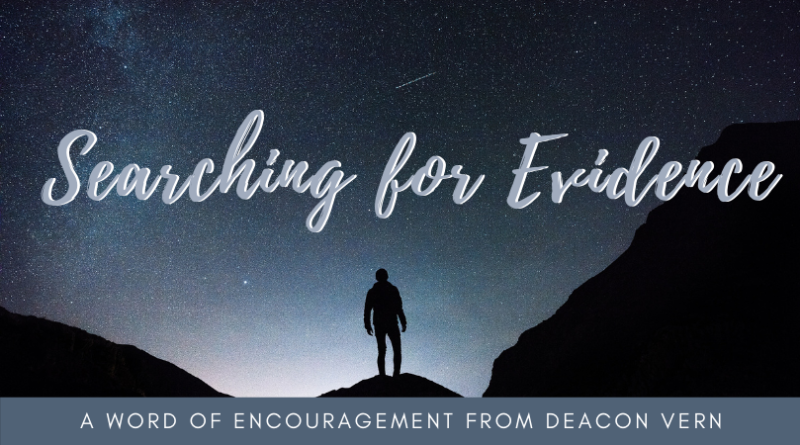Searching for evidence
I’ve always been fascinated by astronomy. I was glued to the TV when I was a kid watching the Mercury, Gemini, and later Apollo space missions. Whenever I learned that the great astronomer and astrophysicist, Carl Sagan, would be on TV, I was watching and spellbound by his description of “Billions and billions of stars strewn across the universe.” I watched every episode of his great PBS miniseries, “Cosmos” that appeared in 1980. Yet, scientific discoveries in astronomy, physics and biology are expanding at such a rate that the body of knowledge that Carl Sagan was operating from in the 1980s seems antiquated. We now know there are more stars in the universe than Sagan dreamed of, and advances in human biology have revealed that there may be more synapses in a single human brain than there are stars in the universe.
In 1990 the Hubble Telescope began sending its photos back to Earth. The glorious beauty of deep space was revealed in color pictures. My favorite is known as the “Pillars of Creation” showing elephant trunks of interstellar gas and dust in the Eagle Nebulae. The gas and dust are in the process of creating new stars, while at the same time being eroded by the light of other stars that have just been created. It is an awe-inspiring photo taken from 6,500 to 7,000 light years away.
I am equally fascinated by the Bible. This amazing Book gives us a record of God’s relationship with humankind over, many scholars believe, the last 2,700 years. It reveals so much about human nature. Our capacity for incredible courage, resilience, faith, and goodness is on display as well as our propensity to sink into cowardice, despair, self-centeredness, and evil. But chiefly, the Bible is an inspiring record of God’s ongoing revelation of God’s mighty power always tempered by mercy, graciousness, and love evidenced chiefly through our Lord, Jesus Christ.
In Romans 1:20, the Apostle Paul writes, “For since the creation of the world, God’s invisible qualities – his eternal power and divine nature – have been clearly seen, being understood from what has been made, so that people are without excuse.” Even if all of the Bible was unavailable to us, argues Paul, the incredible power and beauty of nature itself loudly proclaims the reality of God. Maybe an effective method of evangelism would simply be to rent a tour bus and bring skeptics to the south rim of the Grand Canyon and have them take a look for themselves. How can anyone doubt the existence of God after looking at photos from the Hubble telescope or peering into the abyss of the Grand Canyon? But, belief is not so easily acquired.
Of course, for those who have a personal relationship with Christ…. those who have felt the Presence of God during times of prayer, worship and while taking the sacrament…those of us who have felt the power of God’s Spirit enabling us to do something or say something we could not do or say on our own…. those of us who have heard God’s still small voice speak to us…. we know God’s existence because we have experienced God directly.
Still, life is hard. The illness, pain, suffering, injustice, and cruelty manifest in the modern world – and clearly shown in Scripture to have existed in the ancient world – lead even people of faith to sometimes doubt the existence of God. But to doubt is never a sin. The opposite of faith is not doubt, it is certainty. Certainty is not faith. “Faith is the substance of things hoped for, the evidence of things not seen,” says the author of Hebrews 11:1. But when our faith is sorely tried, we can take comfort and find reassurance in the evidence of God’s reality in the awesome beauty of the natural world the Lord created.
Deacon Vern

